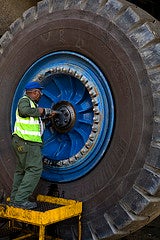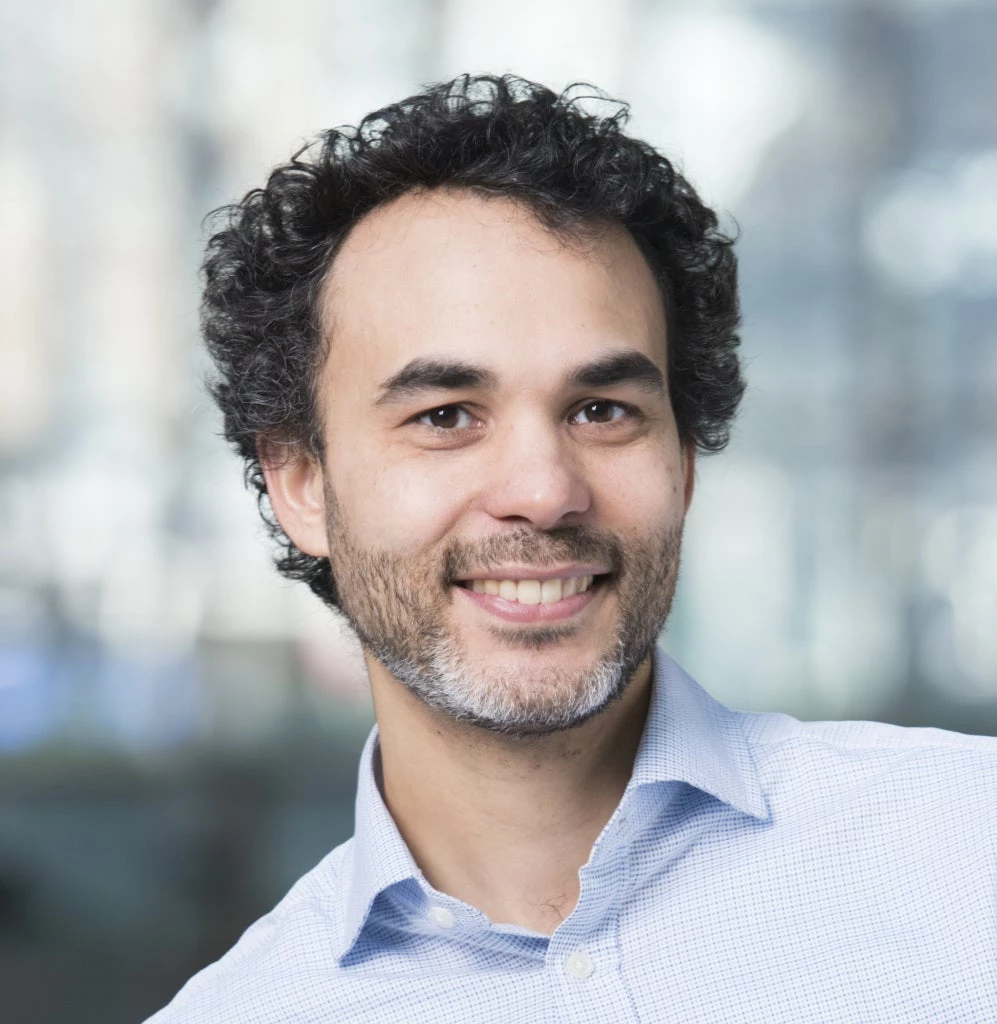 Henry Ford once famously said that if he had asked his customers what they wanted they would have asked him for a faster horse. If he had listened to his customers, the Ford Motor Company may never have existed, or would be called the Ford Faster Horse Company. The automobile became what is called a “disruptive innovation” meaning that it radically displaced the incumbent technology (the horse and carriage) by not listening to the demands of mainstream consumers, but trying to uncover their real needs.
Henry Ford once famously said that if he had asked his customers what they wanted they would have asked him for a faster horse. If he had listened to his customers, the Ford Motor Company may never have existed, or would be called the Ford Faster Horse Company. The automobile became what is called a “disruptive innovation” meaning that it radically displaced the incumbent technology (the horse and carriage) by not listening to the demands of mainstream consumers, but trying to uncover their real needs.
This is the approach the World Bank is now prototyping in Indonesia: Trying to uncover the real clean energy needs of rural communities by understanding their underlying energy-related problems rather than simply asking them what technologies they want. The Indonesia Green Innovation Pilot Program is prototyping a new approach to fostering green disruptive innovation. The first stage of the program is being launched this week, and consists of identifying possible challenges – or problems – linked to energy in rural communities. In keeping with the logic of disruptive innovation, the program does not start with a market demand study, or a survey of clean energy solutions in the market, but with uncovering stated and unstated needs that affect the population of a rural community in their everyday lives. This is being done in three ways: One is through field research by a team of designers from Inotek and Catapult Design, a second way is through consultative workshops in Jakarta and in the rural communities, and a third is through a “call for challenge” where the program is using a crowdsourcing approach to collect problems linked to energy in rural Indonesian communities. If you are in any way familiar with rural Indonesia and its energy challenges, the program invites you to submit a challenge through this website.
So why does the program start by looking for problems? Why not simply ask people what new clean energy products they want? Or why not ask clean energy businesses what products are in demand? The program focuses on identifying needs first because the most disruptive innovations don’t result from listening to what people say they need but by figuring out what they really need. What is unique about green innovation, particularly in developing countries, is that it targets underserved markets that are not attractive for industry incumbents – who are focused on listening to what their existing customers tell them they want - but has huge latent needs. Green markets are also not only good for green growth but also good for business. A classic example is clean cookstoves, the adoption of which can result in fuel savings and health benefits for the consumer, profits for the producer and fewer carbon emissions for all. This underserved, unattractive, but large market is a textbook environment for “disruptive innovation”. Disruptive innovation occurs when an upstart provides “good-enough” solutions to an underserved group of customers and that market later matures to displace existing markets.
This leads to the thinking that green innovation policies must be able to promote disruptive innovation. And disruptive innovation is a good fit for developing countries with limited scientific capacity because its track record shows that it usually relies on applying existing technologies to new markets.
The next steps of the Indonesia program will involve identifying possible market opportunities from these challenges and collaborating with market partners to design effective solutions. The program will document each step along the way to draw lessons on its effectiveness and how it could be scaled up in Indonesia and in other countries.


Join the Conversation